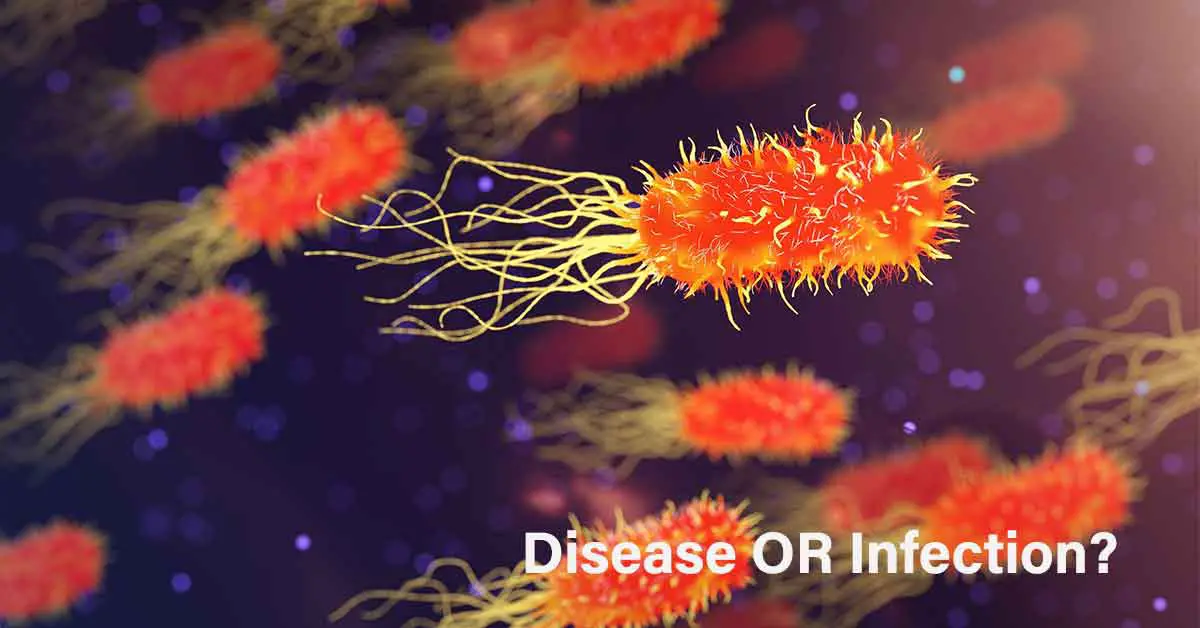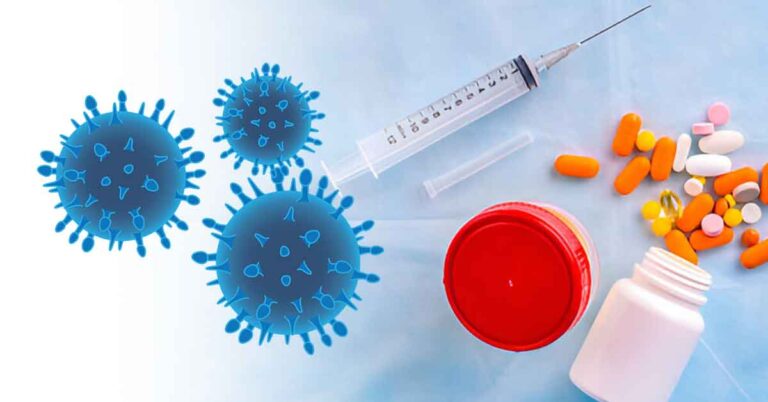One of the most asked question in the clinical setting in the difference between STIs and STDs. Both of them do suggest the same thing, but they still have their slight differences even from the name – infection and disease. Not all infections lead to diseases.
Infection occurs when the bacteria, virus, microbes enter the body cells and begin to multiply. But disease occurs when the infection has caused damage to the body, resulting in signs and symptoms. In other words, diseases are the progression of infections.
Major Difference Between STIs and STDs
| Sexually transmitted infections (STI) | Sexually transmitted infections (STD) |
| STI means sexually transmitted infection. | STD stands for sexually transmitted infections. |
| STI occurs at the early stage when the bacteria, viruses invade the body | Occurs at the late stage of STI |
| They can be asymptomatic | Patients generally present with symptoms |
READ ALSO: Drug Interactions: 6 Drugs you should avoid taking with milk
Sexually Transmitted Infections at a Glance
According to WHO data, more than one million sexually transmitted infections are acquired yearly. Most of them are without symptoms. Common symptoms include vaginal discharge, genital ulcers, burning sensation in men, urethral discharge, and abdominal pains.
Different bacteria, virus, and particles (30 of them) transmit these sexually transmitted diseases. STIs are transmitted through vaginal, oral sex, and anal sexual contact. A pregnant woman can transmit these infections to her child during pregnancy, childbirth, or breastfeeding.
Syphilis infection has resulted in several stillbirths: low-birth weight, pneumonia, neonatal conjunctivitis, sepsis, deformities, and death of newborns.
The treatable sexually transmitted diseases are:
- Gonorrhoea,
- Syphilis,
- Chlamydia and
- Trichomoniasis
Gonorrhoea treatment is associated with drug resistance. It has high quinolone resistance, with increasing azithromycin resistance. Resistance to the last line of treatment, extended-spectrum cephalosporins, could make the disease untreatable.
Gonorrhoea, herpes, and syphilis increases the risk of HIV infection. Chlamydia and gonorrhoea also cause pelvic inflammatory disease (PID) and infertility in women.
Syphilis, gonorrhoea and chlamydia are of bacterial origin, while trichomoniasis has a parasite as the source. All of them are managed using recommended antibiotics.
Another group of four STDs of viral origin is not treatable. They include:
- Hepatitis B,
- Herpes simplex virus (HSV or herpes),
- Human papillomavirus and
- HIV
Human papillomavirus (HPV) is the leading cause of cervical cancer in women, while Hepatitis B has led to many deaths through cirrhosis and hepatocellular carcinoma (liver cancer). It can be prevented alongside Hepatitis B with vaccine.
Hepatitis B, herpes and HIV are only manageable. There are antiviral medications available to manage, but not cure, these diseases.
There are rapid diagnostic tests available for syphilis, HIV and Hepatitis B. A rapid dual HIV/syphilis test is also available in some health settings.
Prevention of STI and STDs
- Proper use of a condom for all forms of sexual contact
- Vaccinate yourself against Hepatitis B and Human papillomavirus (HPV)
- Apply microbicides products inside the vagina or rectum to help prevent HIV transmission through sex.
- Male circumcision helps to reduce the risk of HIV transmission.
- If you have accidental exposure to fluids, blood, go for PEP (post-exposure prophylaxis). PEP is a medication started within 72 hours of exposure to risk factors to avoid HIV transmission.











